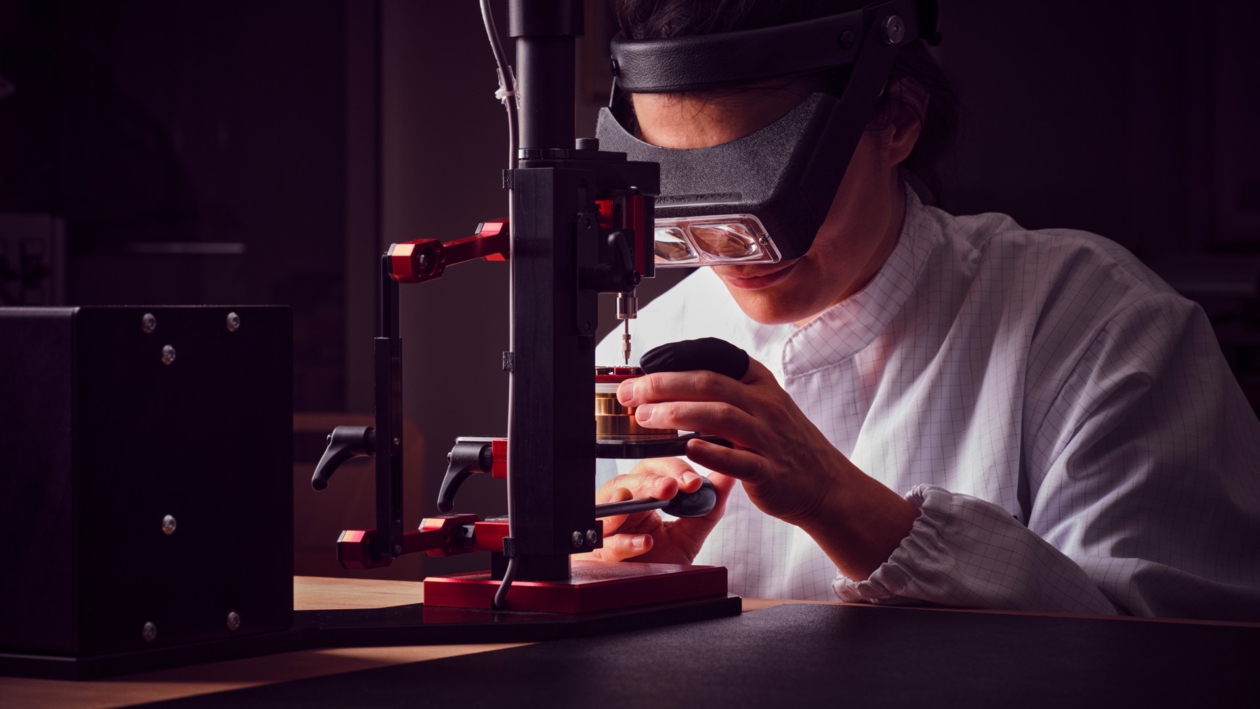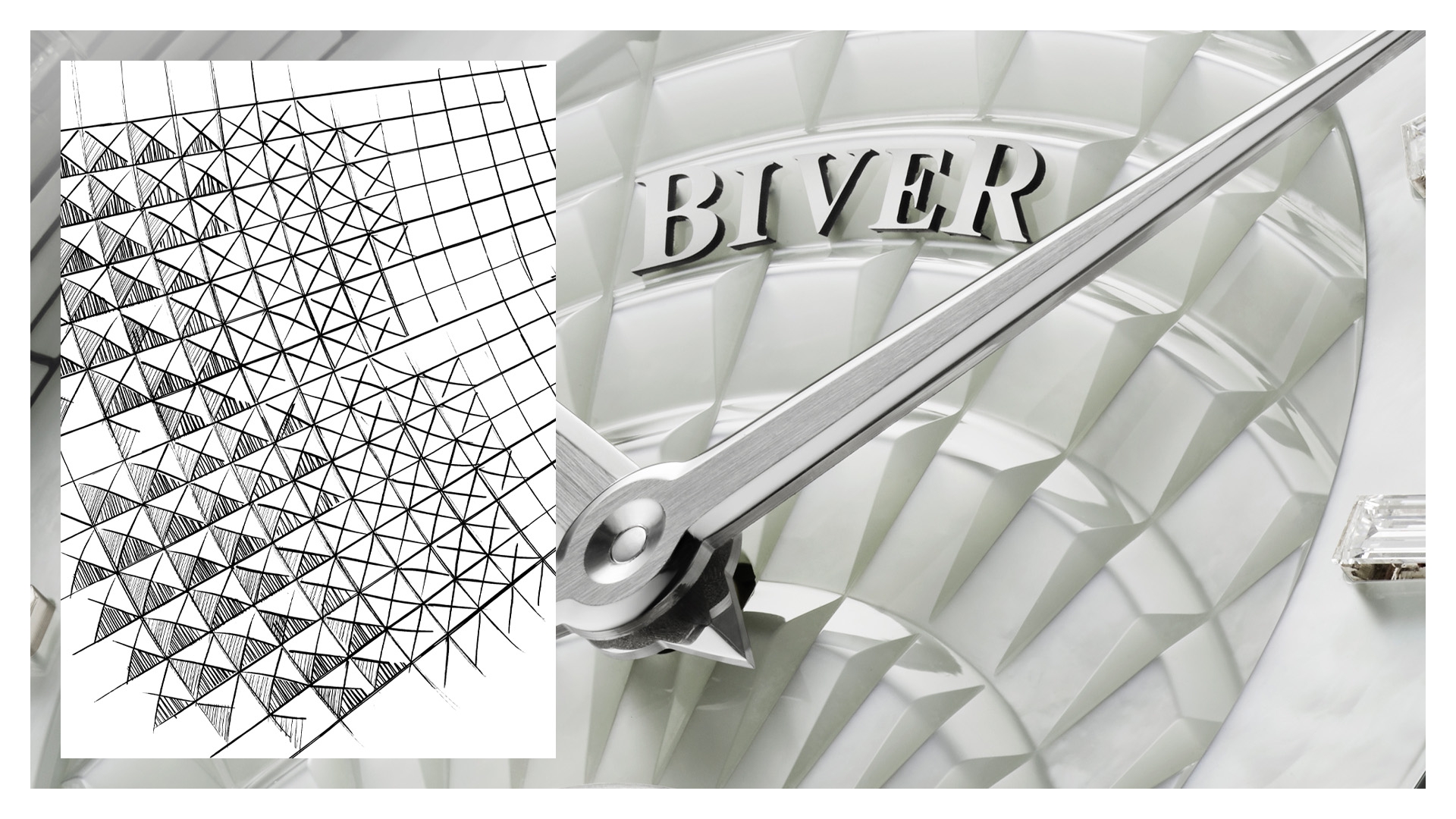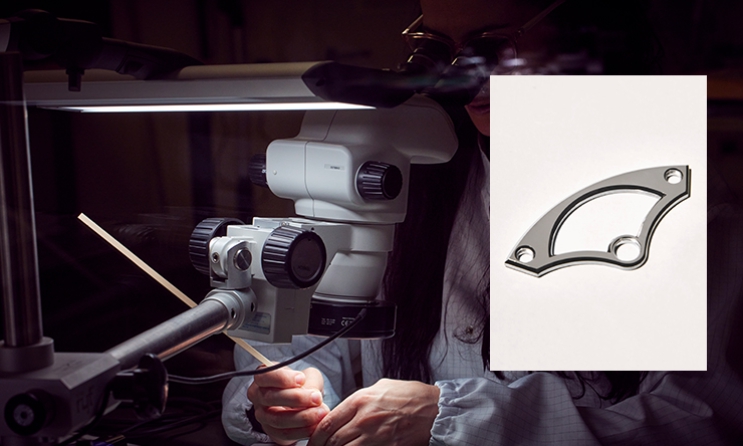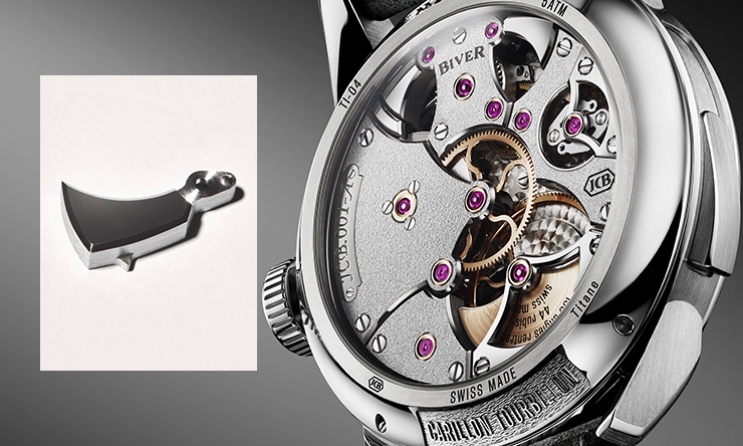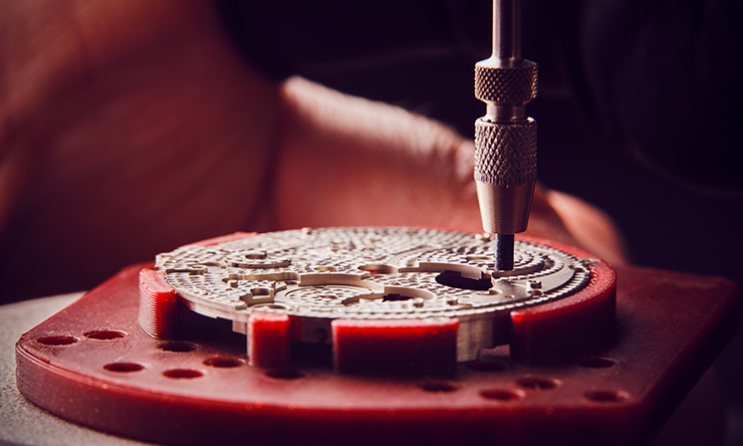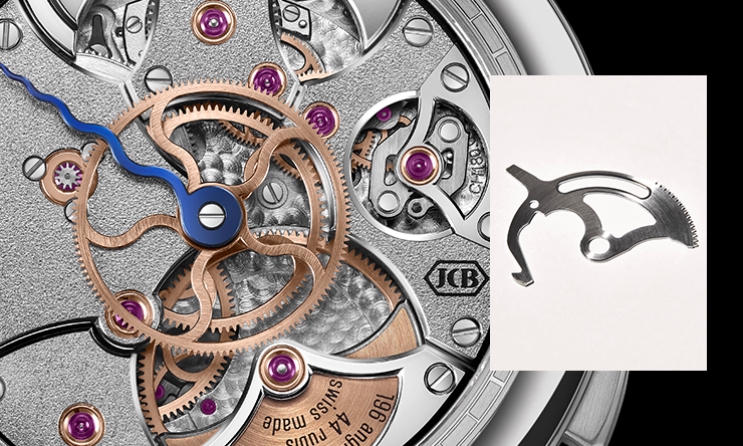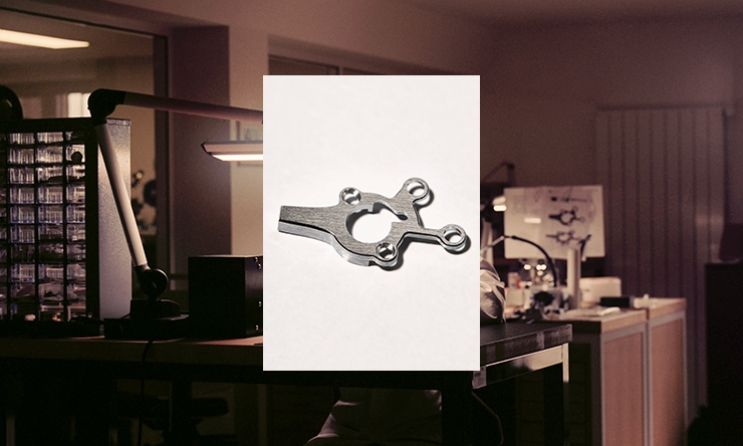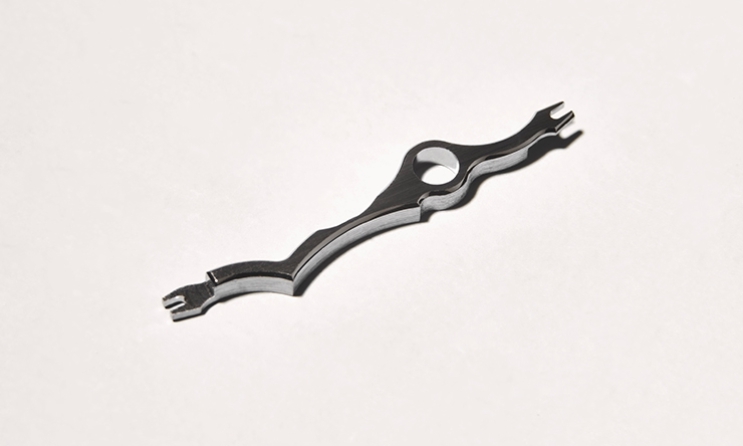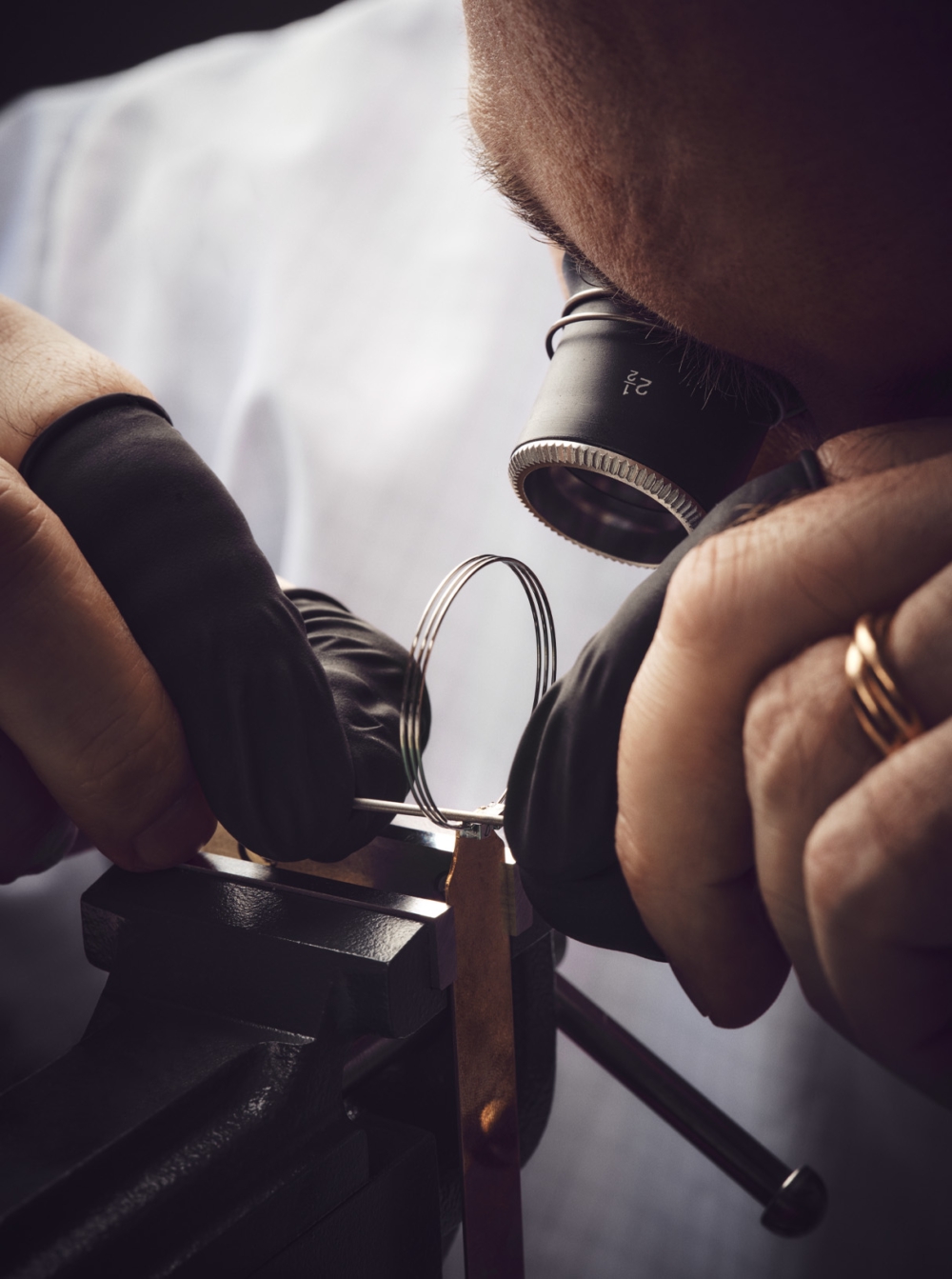One of the things that makes watchmaking so special is that its fundamental technical requirements and aesthetic traditions can be interpreted and reinvented in truly infinite ways. There is no single way to create a watch, and we will never exhaust the skill and creativity that continue to push mechanical horology into the 21st century, stronger than ever before.
What distinguishes one watch brand or watchmaker from the rest is its unique point of view, the approach it chooses to take, and the watches that flow from that perspective. From the beginning, Biver has chosen an artistic approach, where technical prowess is emphasized and elevated by handcrafts, precious materials, and expert decoration.
“The watch ‘industry’ has constantly tried to reduce and simplify decoration to a minimum, ” says co-founder Jean-Claude Biver. “But there is not — and never will be — any watchmaking ‘art’ without decoration. It is a historical, essential, and fundamental part of the art of making watches.”
From prominent components such as the case and dial to less obvious elements like individual gears and the undersides of bridges, each part of a Biver watch stands on its own as a small sculpture. But when assembled into something like the Carillon Tourbillon or the Automatique, these tiny marvels become greater than the sum of their parts, transforming the act of checking the time into a moment for pause and contemplation.
“Decoration can only be obtained through the pursuit of perfection, ” continues Monsieur Biver. “In the end, this is what contributes to the soul of watchmaking. Finishing brings a sense of eternity, perfection, and infinity to a watch, and it is what ultimately classifies it as art.”
Many of the techniques employed by Biver are traditional in their roots — anglage, perlage, and the like — but fresh in their execution. Frosted and mirror-polished surfaces contrast with one another for greater visual impact, while clearly defined and sculpted angles lend an architectural feel to our calibres.
Here are some of the techniques found in Biver watches :
